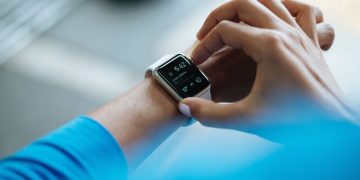—James O’Donnell
Digital clones—AI models that replicate a specific person—package together a few technologies that have been around for a while now: hyperrealistic video models to match your appearance, lifelike voices based on just a couple of minutes of speech recordings, and conversational chatbots increasingly capable of holding our attention.
But they’re also offering something the ChatGPTs of the world cannot: an AI that’s not smart in the general sense, but that ‘thinks’ like you do.
Could well-crafted clones serve as our stand-ins? I certainly feel stretched thin at work sometimes, wishing I could be in two places at once, and I bet you do too. To find out, I tried making a clone of myself. Read the full story to find out how it got on.
This story originally appeared in The Algorithm, our weekly newsletter on AI. To get stories like this in your inbox first, sign up here.
How lidar measures the cost of climate disasters
The wildfires that swept through Los Angeles County this January left an indelible mark on the Southern California landscape. The Eaton and Palisades fires raged for 24 days, killing 29 people and destroying 16,000 structures, with losses estimated at $60 billion. More than 55,000 acres were consumed, and the landscape itself was physically transformed.
Now, researchers are using lidar (light detection and ranging) technology to precisely measure these changes in the landscape’s geometry—helping them understand and track the cascading effects of climate disasters. Read the full story.
—Jon Keegan
This story is from our new print edition, which is all about the future of security. Subscribe here to catch future copies when they land.
Source link
#Download #doppelgängers #workplace #lidar #measure #climate #disasters




































